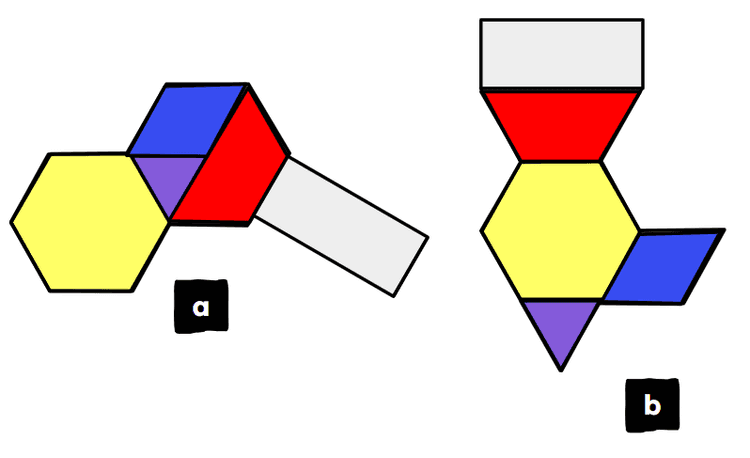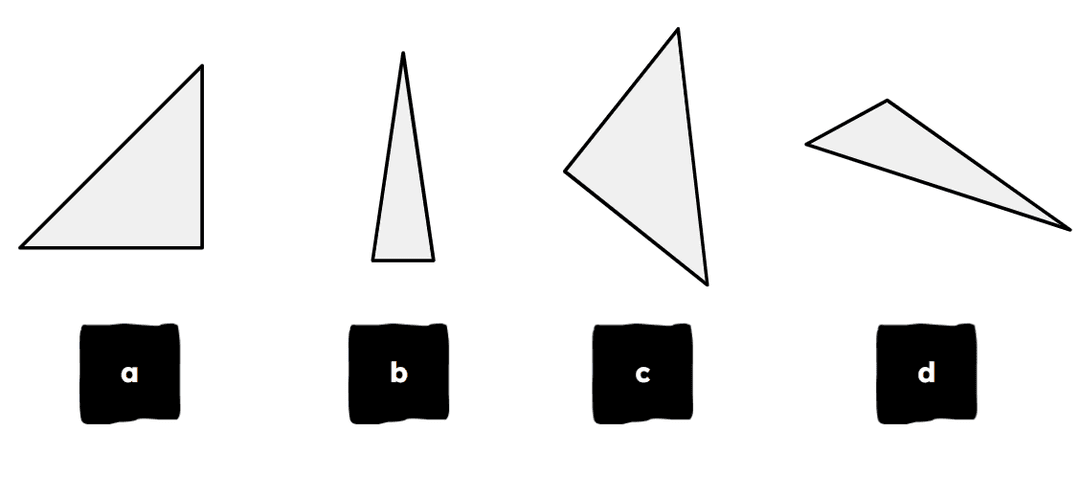Myths about teaching can hold you back
- Year 6
Two congruent triangles can be arranged to compose a parallelogram
I can explain how two congruent triangles can arranged to compose a parallelogram.
- Year 6
Two congruent triangles can be arranged to compose a parallelogram
I can explain how two congruent triangles can arranged to compose a parallelogram.
These resources were made for remote use during the pandemic, not classroom teaching.
Switch to our new teaching resources now - designed by teachers and leading subject experts, and tested in classrooms.
Lesson details
Key learning points
- The area of a triangle is equal to half the area of the parallelogram you create from 2 congruent triangles.
- Any parallelogram can be decomposed into two congruent triangles.
Keywords
Congruent - If one shape can fit exactly on top of another using rotation, reflection or translation, then the shapes are congruent.
Parallelogram - A parallelogram is a quadrilateral with two pairs of parallel and equal sides.
Common misconception
If pupils do not cut a parallelogram from vertex to opposite vertex, they will end up with either two non-congruent shapes or two congruent quadrilaterals.
Modelling is key and this is a useful time to revisit the concept of a shape's diagonal, that is, a line connecting vertex to a non-adjacent vertex.
To help you plan your year 6 maths lesson on: Two congruent triangles can be arranged to compose a parallelogram, download all teaching resources for free and adapt to suit your pupils' needs...
To help you plan your year 6 maths lesson on: Two congruent triangles can be arranged to compose a parallelogram, download all teaching resources for free and adapt to suit your pupils' needs.
The starter quiz will activate and check your pupils' prior knowledge, with versions available both with and without answers in PDF format.
We use learning cycles to break down learning into key concepts or ideas linked to the learning outcome. Each learning cycle features explanations with checks for understanding and practice tasks with feedback. All of this is found in our slide decks, ready for you to download and edit. The practice tasks are also available as printable worksheets and some lessons have additional materials with extra material you might need for teaching the lesson.
The assessment exit quiz will test your pupils' understanding of the key learning points.
Our video is a tool for planning, showing how other teachers might teach the lesson, offering helpful tips, modelled explanations and inspiration for your own delivery in the classroom. Plus, you can set it as homework or revision for pupils and keep their learning on track by sharing an online pupil version of this lesson.
Explore more key stage 2 maths lessons from the Draw, compose and decompose shapes unit, dive into the full primary maths curriculum, or learn more about lesson planning.

Licence
Prior knowledge starter quiz
6 Questions
Q1.Which of these are properties of all triangles?
Q2.Match the triangle with the correct property.
Three equal sides.
Two equal sides and one different.
No equal sides.
One pair of perpendicular sides.
Q3.Which of these polygons is also classified as a parallelogram?
Q4.Which of these statements apply to all parallelograms?
Q5.Which of these statements is true about these shapes?

Q6.The two compound shapes have been composed of identical smaller shapes. Which of these statements is true?

Assessment exit quiz
6 Questions
Q1.If two shapes are congruent, what does this mean?
Q2.Which of these triangles are congruent?

Q3.Which of these statements could be true of two congruent shapes?
Q4.Which of the statements are true?
Q5.This parallelogram has been decomposed into two congruent triangles. What type of triangle is each part?



